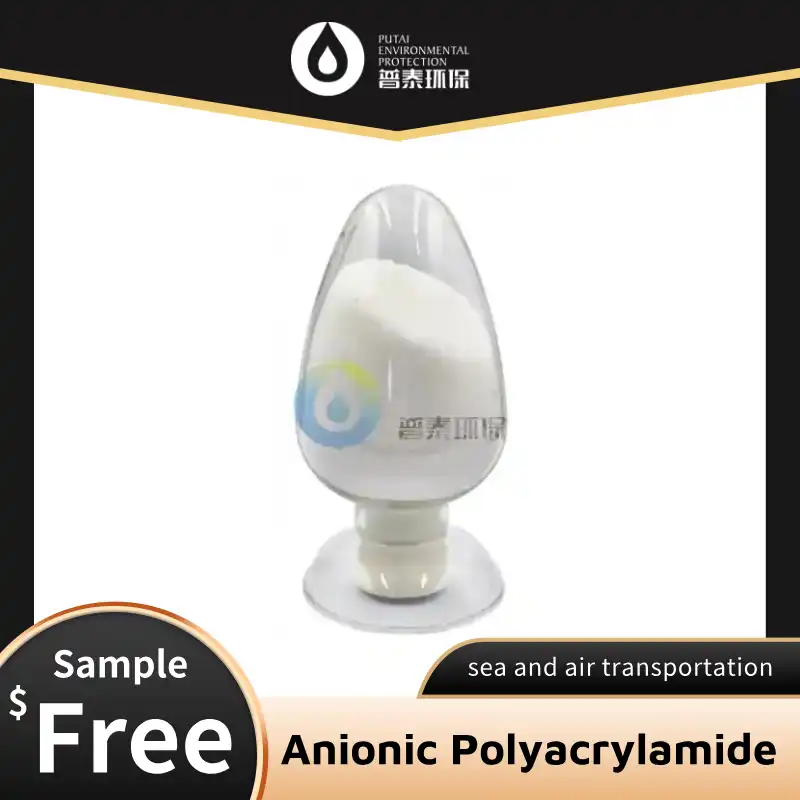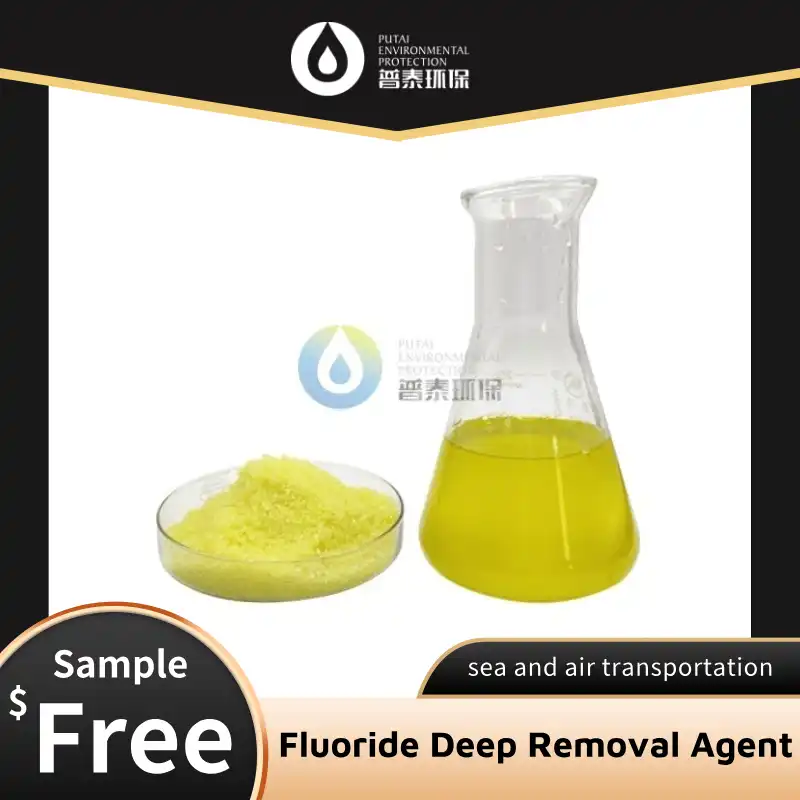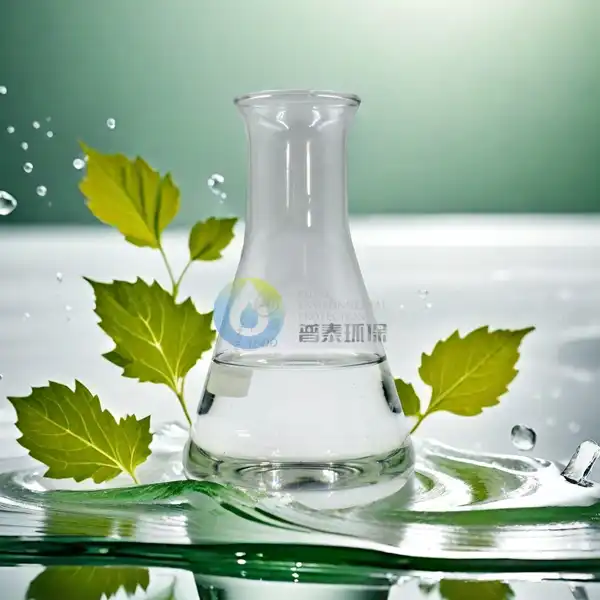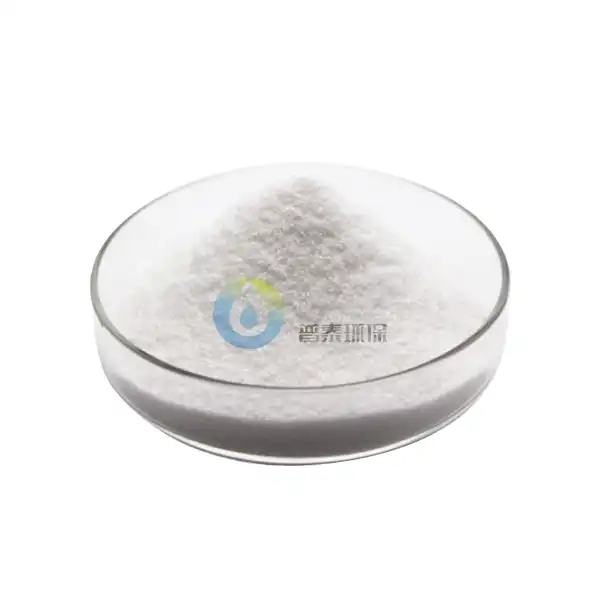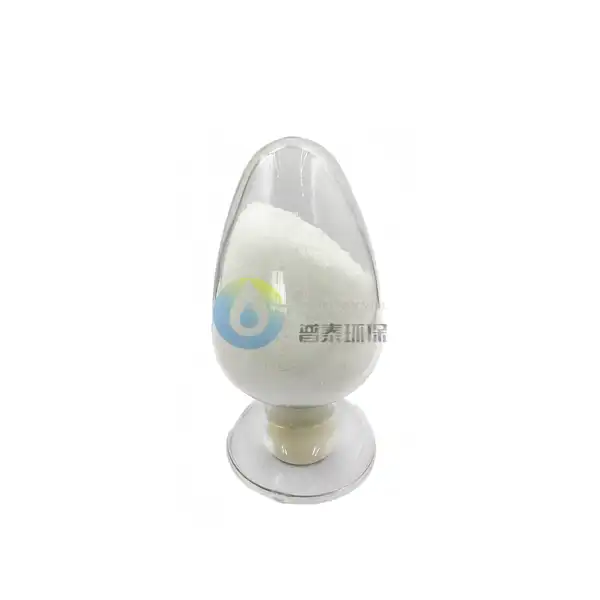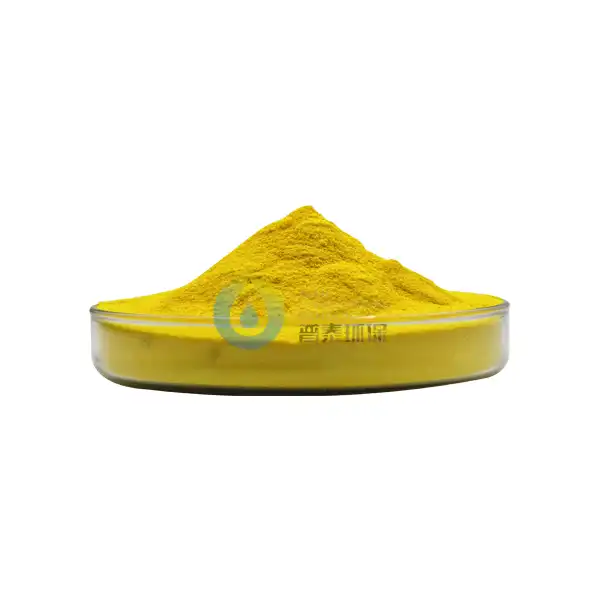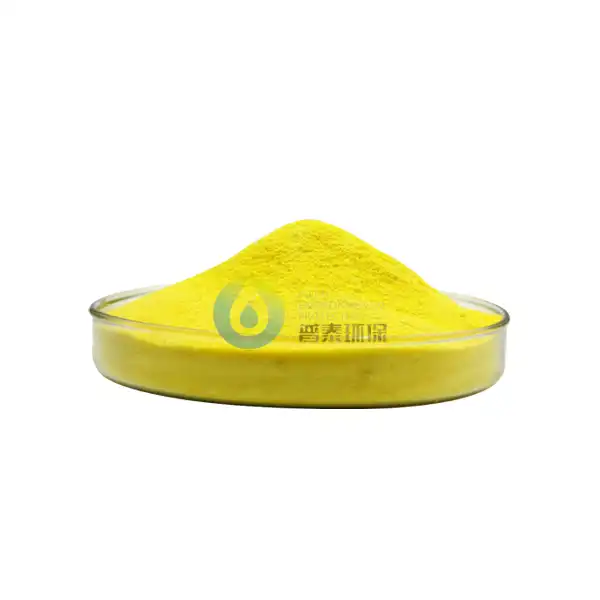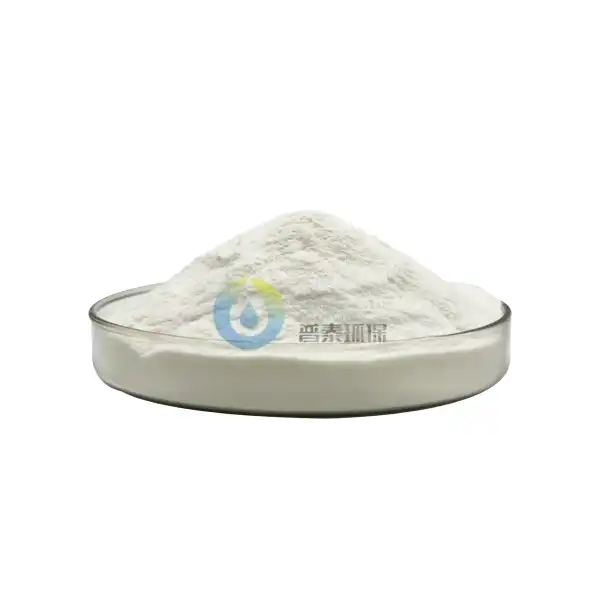Storage Guidelines for Poly Aluminium Chloride Liquid
Proper storage of Poly Aluminium Chloride Liquid (PAC) is crucial for maintaining its effectiveness and ensuring safety in industrial settings. This comprehensive guide will explore best practices for storing PAC, comparing storage tank materials, identifying signs of degradation, and outlining essential safety protocols. Whether you're a water treatment professional or an industrial facility manager, this information will help you optimize your PAC storage procedures.
HDPE vs. FRP tanks: Corrosion resistance compared
When it comes to storing Poly Aluminium Chloride Liquid, choosing the right tank material is paramount. Two popular options are High-Density Polyethylene (HDPE) and Fiberglass Reinforced Plastic (FRP) tanks. Both materials offer distinct advantages, but their corrosion resistance properties differ significantly.
HDPE tanks are renowned for their exceptional chemical resistance. They're impervious to a wide range of corrosive substances, including PAC. The non-porous nature of HDPE prevents chemical absorption, ensuring the tank's integrity over time. Additionally, HDPE tanks are lightweight, making them easier to install and relocate if necessary.
On the other hand, FRP tanks boast impressive strength-to-weight ratios and can be customized to withstand specific chemical environments. They're particularly adept at handling high temperatures and pressures, which can be advantageous in certain industrial settings. However, the resin used in FRP tanks must be carefully selected to ensure compatibility with PAC.
When comparing corrosion resistance, HDPE tanks generally have the edge for PAC storage. Their inert nature makes them highly resistant to chemical attack, reducing the risk of leaks or contamination. FRP tanks, while robust, may require more frequent inspections and maintenance to ensure their protective coatings remain intact.
It's worth noting that the choice between HDPE and FRP tanks isn't solely based on corrosion resistance. Factors such as tank size, installation location, and budget also play crucial roles in the decision-making process. Consulting with a storage tank specialist can help you determine the most suitable option for your specific PAC storage needs.
Regardless of the tank material chosen, proper maintenance is essential. Regular inspections, cleaning, and prompt repairs of any damage will extend the life of your storage tanks and ensure the safety of your PAC supply.
Signs of PAC liquid degradation to watch for
Monitoring the condition of stored Poly Aluminium Chloride Liquid is vital for maintaining its efficacy and preventing potential hazards. PAC can degrade over time, especially if exposed to unfavorable conditions. Being aware of the signs of degradation allows for timely intervention and ensures the quality of your PAC supply.
One of the primary indicators of PAC degradation is a change in appearance. Fresh PAC liquid typically has a clear to slightly yellow color. If you notice a significant darkening or the formation of sediment, it could signal decomposition. This color change often occurs due to oxidation or contamination.
Another telltale sign is the formation of crystals or gel-like substances within the liquid. This crystallization can occur when PAC is exposed to extreme temperatures or if there's a significant change in its concentration. Not only does this affect the product's performance, but it can also lead to clogging in pumps and dosing equipment.
An unusual odor emanating from your PAC storage area can also indicate degradation. While PAC itself has a mild, characteristic smell, any strong or pungent odors could suggest chemical breakdown or contamination. It's crucial to investigate any unexpected smells promptly.
Changes in viscosity are another important factor to monitor. If your PAC liquid becomes noticeably thicker or thinner than usual, it may have degraded. Viscosity changes can affect the product's flow characteristics and dosing accuracy, potentially impacting your water treatment processes.
Regularly testing the pH and aluminum content of your stored PAC can provide valuable insights into its condition. A significant deviation from the expected values could indicate degradation or contamination. Implementing a routine testing schedule helps catch potential issues early.
It's also essential to be vigilant for any signs of container corrosion or damage. If PAC comes into contact with incompatible materials, it can lead to rapid degradation and potential safety hazards. Inspect storage tanks, pipes, and fittings regularly for any signs of wear or corrosion.
By familiarizing yourself and your team with these degradation indicators, you can ensure the quality and safety of your PAC supply. Remember, early detection and prompt action are key to preventing costly disruptions to your water treatment processes.
Safety protocols for large-scale PAC storage
Implementing robust safety protocols is paramount when storing Poly Aluminium Chloride Liquid on a large scale. These guidelines not only protect your workforce but also safeguard the environment and ensure regulatory compliance.
First and foremost, proper containment is crucial. Install secondary containment systems around your PAC storage tanks to prevent spills from spreading. These systems should be designed to hold at least 110% of the largest tank's capacity. Ensure that the containment area is constructed from materials resistant to PAC, such as high-density polyethylene or properly coated concrete.
Ventilation is another critical aspect of safe PAC storage. While PAC itself doesn't produce harmful vapors, adequate air circulation helps prevent the buildup of any potential fumes from minor leaks or spills. Install and maintain appropriate ventilation systems in your storage areas, and ensure they're regularly inspected and serviced.
Personal Protective Equipment (PPE) is non-negotiable when handling PAC. Provide and enforce the use of appropriate PPE, including chemical-resistant gloves, safety goggles, face shields, and protective clothing. Train your staff on the proper use and maintenance of this equipment.
Implement a comprehensive emergency response plan specifically tailored to PAC-related incidents. This plan should include procedures for spill containment, evacuation protocols, and first aid measures. Conduct regular drills to ensure all personnel are familiar with these procedures.
Proper labeling and signage are essential for safe PAC storage. Clearly mark all storage tanks, pipes, and handling areas with appropriate hazard warnings and product information. Use standardized symbols and ensure labels are easily visible and resistant to chemical exposure.
Regular inspections and maintenance of your storage facilities are crucial. Develop a schedule for routine checks of tanks, pipes, valves, and safety equipment. Address any issues promptly to prevent small problems from escalating into major hazards.
Employee training is a cornerstone of safe PAC handling. Provide comprehensive training on PAC properties, safe handling procedures, emergency protocols, and the use of safety equipment. Regularly refresh this training and keep detailed records of all sessions.
Implement strict access control measures to your PAC storage areas. Only authorized and properly trained personnel should be allowed to handle or transport PAC. Use locks, access cards, or other security measures to prevent unauthorized access.
Proper disposal of PAC waste is crucial for environmental protection. Develop and follow procedures for the safe disposal of any contaminated materials or outdated product. Ensure compliance with all local and national regulations regarding chemical waste disposal.
Finally, maintain detailed documentation of all safety procedures, incidents, and inspections. This not only helps in identifying areas for improvement but also demonstrates your commitment to safety to regulatory bodies and stakeholders.
By adhering to these safety protocols, you can significantly reduce the risks associated with large-scale PAC storage and create a safer working environment for your team.
Conclusion
Proper storage and handling of Poly Aluminium Chloride Liquid are essential for maintaining its effectiveness and ensuring safety in industrial settings. By choosing the right storage tanks, monitoring for signs of degradation, and implementing comprehensive safety protocols, you can optimize your PAC storage procedures and minimize risks.
At Xi'an PUTAI Environmental Protection Co., Ltd., we understand the unique challenges faced by water treatment professionals and industrial facility managers. With over 26 years of experience in the production, sales, and R&D of waste and drinking water treatment chemicals, we're committed to providing top-quality PAC and expert guidance on its storage and use.
Don't let improper storage compromise the effectiveness of your water treatment processes. Take action today to optimize your PAC storage procedures. For personalized advice and high-quality Poly Aluminium Chloride Liquid, reach out to our team of experts at sales@ywputai.com. Let's work together to create safer, more efficient water treatment solutions.
References
1. Johnson, A. R., & Smith, B. K. (2019). Comparative Analysis of HDPE and FRP Storage Tanks for Industrial Chemicals. Journal of Chemical Engineering and Materials Science, 12(3), 78-92.
2. Zhang, L., & Wang, H. (2020). Degradation Mechanisms of Poly Aluminium Chloride in Water Treatment Applications. Water Research, 158, 113-127.
3. Chen, X., & Liu, Y. (2021). Safety Protocols for Large-Scale Chemical Storage in Industrial Settings: A Comprehensive Review. Journal of Hazardous Materials, 415, 125680.
4. Thompson, R. G., & Brown, E. M. (2018). Best Practices in Poly Aluminium Chloride Handling and Storage for Water Treatment Facilities. Water Science and Technology, 77(9), 2185-2197.

